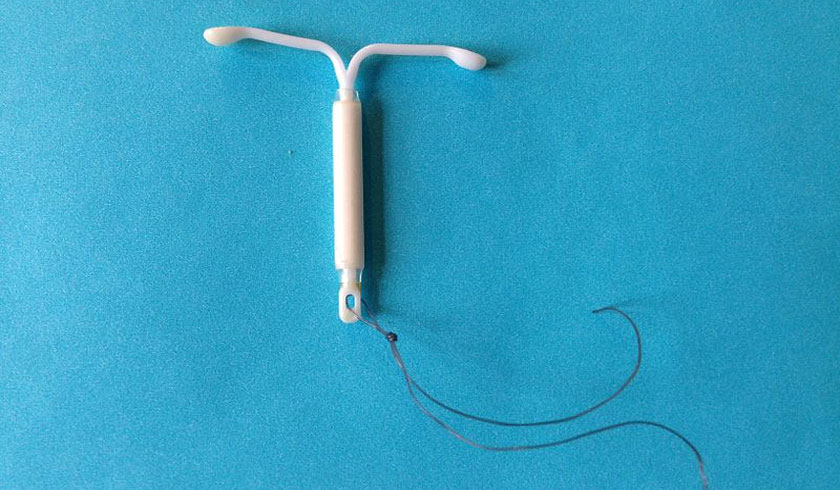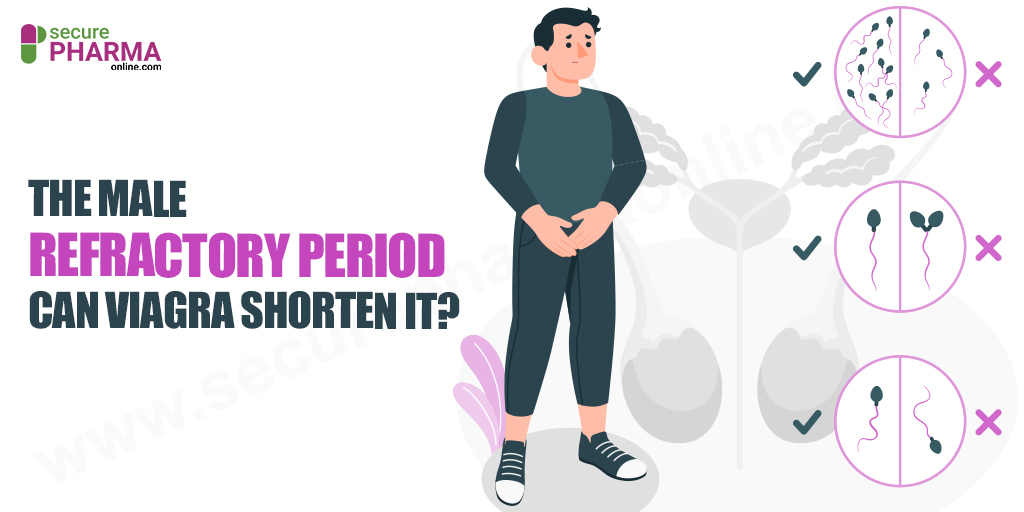IUD Vs NuvaRing: Types, Benefits, Side Effects, And More

- Overview
- IUD vs NuvaRing: Types
- IUD vs NuvaRing: Mode of Action
- IUD vs NuvaRing: Insertion
- IUD vs NuvaRing: Contraindications
- IUD vs NuvaRing: Effectiveness
- IUD vs NuvaRing: Side Effects
- IUD vs NuvaRing: Which is Better?
- Conclusion
IUD Vs NuvaRing – In this article, we’ll compare both these contraceptives options in detail, including their effectiveness, usage, and more.
Overview
Birth control includes all measures, temporary or permanent, designed to prevent pregnancy. An ideal birth control method should be highly effective, safe, reversible, inexpensive, and simple to use while also having a high rate of acceptance. Two such birth control measures are IUDs and NuvaRing (vaginal ring).
IUD, or IUCD (intrauterine contraceptive device), is a small device that fits inside the uterus and helps prevent pregnancy either by releasing hormones or by spermicidal action. On the other hand, NuvaRing is a plastic ring that has to be placed inside the vagina, where it releases hormones to provide contraception.
While both methods involve the physical placement of a device inside the woman and are extremely effective at preventing pregnancy, there are some differences in terms of their modes of action, side effects caused by each, and their respective ease of use. Accordingly, choosing the one that’s ideal for a particular individual needs careful consideration.
This article seeks to explain the main differences between IUD and NuvaRing. Read it to get a clear perspective on which of the two birth control measures is right for you.
IUD vs NuvaRing: Types
IUDs or intrauterine devices are of two types – hormonal and non-hormonal. Hormonal IUDs release either progesterone or levonorgestrel (Mirena, Skyla). On the other hand, a non-hormonal IUD contains copper and is therefore also known as a copper IUD. An example of such a device is Paragard or copper T.
Another criterion of IUD classification is the circumscribed aperture of the device. The device is classified as open when it has got an aperture of no more than 5mm. This prevents strangulation of the loops of the intestine through it. Copper T is an example of open IUDs.
Closed IUDs, like Grafenberg’s ring, can accidentally enter the abdominal cavity causing strangulation. This is why they have now become obsolete.
In contrast, NuvaRing Generic has no subtypes.
IUD vs NuvaRing: Mode of Action
Mechanism of Action of IUDs
The mechanism of action of all IUDs is not yet clear. They act predominantly in the uterine cavity and do not inhibit ovulation.
1. Hormonal IUDs
Probable mechanisms that hormonal IUDs work through are:
- Changes in the endometrium
- Increased tubal motility prevents fertilization of the ovum
- Endometrial inflammatory response decreases sperm transport and impedes the ability of the sperm to fertilize the ovum
2. Copper IUDs
Copper IUDs have an additional local antifertility effect. Copper initiates the release of certain cellular proteins which create
Also Read: Pros And Cons Of Copper IUDs
3. Levonorgestrel IUDs (Mirena)
Mirena induces a strong and uniform suppression of endometrial growth. Cervical mucus also becomes very scanty due to the action of levonorgestrel.
Mechanism of Action of NuvaRing
NuvaRing works by releasing progesterone and estrogen over three weeks of use. These hormones prevent ovulation and cause thickening of cervical mucus thereby inhibiting sperm penetration.
IUD vs NuvaRing: Insertion
1. IUD Insertion
As the name suggests, an intrauterine device must be placed inside the uterus for it to function. The insertion is a quick procedure that can be performed in the doctor’s clinic itself.
What happens during the insertion of an IUD?
- The doctor will make you lie on the examination table with your legs up
- Uterine size and position are ascertained by a pelvic exam
- Next, the vagina and the cervix are cleaned by an antiseptic
- Depending on the length of the uterine cavity, the appropriate length of the inserter tube, with the device placed inside, is introduced up to the uterus
- After positioning the device properly, the inserter is withdrawn
Although IUD insertion is mostly uncomplicated, sometimes there might be mild cramping and bleeding for a while afterward. Taking an over-the-counter pain reliever helps in such cases.
Once inserted, an IUD provides contraception for 5 to 10 years depending on the type of IUD used.
2. NuvaRing Insertion
While inserting intrauterine devices requires a doctor’s assistance, NuvaRing can be inserted by the woman herself. Here is how it is done.
How to insert NuvaRing?
- Take up any position that feels comfortable
- Wash your hands thoroughly with soap
- Hold the ring between your thumb and index finger
- Press the sides towards the middle and push the folded ring into your vagina
- The ring will open when it reaches the correct position.
NuvaRing needs to be inserted once every three to five weeks, depending on your menstrual cycle. Just take it out for the last week of your cycle. During this time you will have your period. A week later, you can insert a new ring for the next cycle, and so on.
IUD vs NuvaRing: Contraindications
1. Contraindications for Insertion of IUD
IUDs are contraindicated in cases where there is:
- Presence of pelvic infection at the time of insertion or occurrence of such infection within 3 months of IUD usage
- Suspected pregnancy
- Distortion of the shape of the uterine cavity as in fibroids
- Severe dysmenorrhoea (painful periods)
- History of ectopic pregnancy
- History of recent cesarean section
- Sexually transmitted disease (STD)
- Diabetes
- Breast cancer
- Severe arterial disease
There are certain contraindications specific to Copper IUDs. These are:
- Wilson’s disease
- Copper allergy
Also Read: IUD FAQs
2. Contraindications for Insertion of NuvaRing
You should not use NuvaRing if you:
- Have a history of blood clot formation
- Have had a stroke
- Are hypertensive (suffering from high blood pressure)
- Have diabetes
- Have a history of heart attack
- Are on Hepatitis C medication
- Are pregnant
IUD vs NuvaRing: Effectiveness
IUDs are more than 99% effective at preventing unwanted pregnancies. Also, their effectiveness doesn’t decrease with time.
At the same time, NuvaRing is also highly efficacious. Its success rate is close to 99% when used properly. However, the percentage drops to around 91 with improper use. In addition to this, the repeated changing of the NuvaRing every month provides more scope for error and subsequently for a reduction in its effectiveness.
Also Read: Everything You Need To Know About NuvaRing
IUD vs NuvaRing: Side Effects
1. Side Effects of Intrauterine Devices
IUD usage is sometimes associated with certain side effects. Immediately occurring side effects include:
1.1. Cramps
Cramps are throbbing pains in the lower abdomen. IUD insertion causes transient but at times severe cramp-like pains. These can be relieved by analgesic or antispasmodic drugs.
1.2. Partial or complete perforation of the uterus
This is mostly due to faulty technique of insertion but is also often seen in lactating women as their uterus is small and soft during that time.
Side effects that occur later include:
1.3. Abnormal menstrual bleeding
While hormonal IUDs often make periods lighter and short-lasting, they can sometimes stop menstruation altogether. This is in contrast with copper IUDs that make periods heavier and prolonged.
Breakthrough bleeding or spotting can occasionally be seen for three to six months post-insertion.
1.4. Pelvic inflammatory disease (PID)
The risk of developing PID is two to ten times greater amongst IUD users and is especially more in the first 3 weeks.
1.5. Spontaneous expulsion
Sometimes the IUD can get expelled on its own. Such spontaneous expulsion usually occurs within a few months following insertion. It is more common during periods and at times goes unnoticed by the user. When this happens, another device of appropriate size may be reintroduced and this is likely to be retained.
1.6. Uterine perforation
One out of a thousand women will experience uterine perforation as a side effect of IUD use. Most perforations occur at the time of insertion and are less common when the device is introduced by the withdrawal technique.
1.7. Ectopic pregnancy
When implantation occurs outside the uterus, it is known as an ectopic pregnancy. Getting pregnant while having an IUD puts you at a greater risk for an ectopic pregnancy.
2. Side Effects of NuvaRing
The hormones in NuvaRing may cause side effects in some people. The good thing is that they are short-lasting and usually go away in two to three months. These side effects include:
- Nausea
- Headaches
- Breast tenderness
- Increased vaginal discharge
- Infection
- Stroke
- Formation of blood clots
- Weight gain
IUD vs NuvaRing: Non-contraceptive Benefits
1. Benefits of IUDs
- Significant reduction in menstrual blood loss and symptoms of premenstrual syndrome (PMS) is associated with hormonal IUD usage.
- Non-hormonal IUDs can be used in the treatment of Endometrial cancer and endometrial hyperplasia.
- IUDs provide excellent benefits of hormone replacement therapy (HRT) when used during transition years of reproduction to menopause.
- Levonorgestrel releasing IUDs can be used to treat anemia.
2. Benefits of NuvaRing
The use of NuvaRing is associated with:
- Reduction in acne
- Lighter and more regular periods
- Relief in menstrual cramping
- Strengthening of bones
IUD vs NuvaRing: Which is Better?
To decide which of the two contraceptives is better for you, you need to look at their advantages.
1. IUD Advantages
- More than 99% effective at preventing pregnancy
- Once inserted, it can last for 5 to 10 years
- No need to remember to use or change repeatedly
- Provides immediate contraception
- Not associated with weight gain, unlike OCPs and NuvaRing
Also Read: Pros And Cons Of IUDs
2. NuvaRing Advantages
- Easier to use
- Can be inserted by the woman on her own
- Can lead to a reduction in acne and menstrual cramping
- Highly effective
- No need to remember to use daily like in the case of oral contraceptive pills
Conclusion
Both IUDs as well as NuvaRing are extremely effective contraceptives. They offer numerous advantages over other forms of birth control. However, they aren’t identical in their mode of insertion or action, as well as in the side effects and added advantages offered.
Having read this detailed article on IUD vs NuvaRing and having considered individual preferences above all, choosing one of the two should become easier for you.
January 7, 2021 Sam Bell











Comments